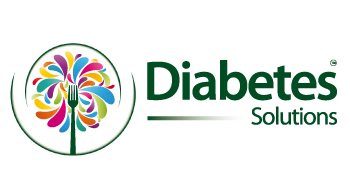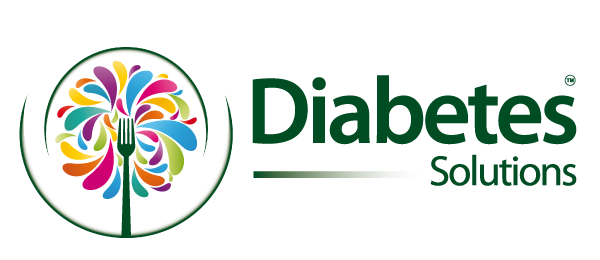Blood Sugar Monitoring: The Cornerstone of Type 2 Diabetes Management
For the hundreds of millions living with Type 2 Diabetes across the world, blood sugar monitoring is more than just a routine – it’s a lifeline. It offers valuable insights, aids in decision-making and, most crucially, ensures one’s safety. If you’ve been newly diagnosed or simply seek clarity, this guide will delve deep into the essence of blood sugar monitoring, all while keeping it straightforward and jargon-free.
Why is Blood Sugar Monitoring Essential for Type 2 Diabetes?
At the heart of Type 2 Diabetes lies the challenge of managing blood sugar, or glucose, levels. Our bodies naturally regulate glucose, but in Type 2 Diabetes, this mechanism is disrupted. Monitoring becomes the eyes and ears, revealing:
- Effectiveness of Treatment: Whether it’s medication, dietary changes or exercise routines, monitoring sheds light on what’s working and what needs tweaking.
- Impact of Lifestyle Choices: Learn how different foods, activities, and stress influence blood sugar levels.
- Safety First: It helps avoid dangerous highs (hyperglycaemia) and lows (hypoglycaemia) that can have serious health repercussions.
Tools of the Trade: Blood Sugar Monitoring Devices
Blood Glucose Meters (Glucometer): These are handheld devices that measure glucose levels at any given moment. A small drop of blood, usually drawn from the fingertip, is placed on a test strip inserted into the meter. Within seconds, the reading is displayed.
Continuous Glucose Monitors (CGMs): A more advanced tool, CGMs provide near-real-time readings, charting glucose levels throughout the day and night. They involve a small sensor placed under the skin which transmits data to a device.
How Often Should You Monitor?
The frequency of monitoring varies for each individual, depending on factors such as the severity of Type 2 Diabetes, the nature of treatments, and lifestyle habits. Your healthcare provider will offer guidance tailored to your situation. However, some general scenarios include:
- Before each meal
- A couple of hours after eating
- Before, during, and after rigorous physical activity
- If you feel symptoms of high or low blood sugar
- Before driving or operating machinery
Interpreting Your Blood Sugar Readings
While specific targets should be personalised with your healthcare team, general guidelines are:
- Before meals: 4 to 7 mmol/L for people with Type 2 Diabetes
- 2 hours after meals: Under 8.5 mmol/L for people with Type 2 Diabetes
Should readings consistently fall outside these parameters, it might indicate a need for adjustments in your Type 2 Diabetes management plan.
Factors Impacting Blood Sugar Levels
Food and Drink: Carbohydrates are the primary influencers. Monitoring helps establish how different foods and portions affect levels.
Physical Activity: Exercise generally lowers blood sugar. However, the type, duration, and intensity can cause varied responses.
Medication: The type and timing of Type 2 Diabetes medications can significantly impact glucose levels.
Stress and Illness: Both physical and emotional stress can elevate glucose levels. Likewise, illnesses or infections might cause unpredictable fluctuations.
Tips for Accurate Blood Sugar Monitoring
Consistency: Try to test at the same times each day to make readings comparable.
Clean Hands: Any residue on fingers could skew readings.
Rotate Sites: If using a finger-prick method, change fingers to avoid soreness.
Log Your Readings: Whether you use an app, a diary, or the memory function on your device, keep a record. Over time, patterns will emerge, offering valuable insights.
Final Thoughts: The Empowerment of Monitoring
To someone uninitiated, blood sugar monitoring may seem tedious or daunting. But for many living with Type 2 Diabetes, it represents empowerment. It demystifies the internal workings of one’s body, making the invisible visible.
By understanding and responding to blood sugar levels, individuals play an active role in their health journey. In this dance of numbers, they are not mere spectators but active participants, choreographing their routines of wellness.
As I champion advancements in Type 2 Diabetes reversal, the humble act of monitoring stands as a testament to proactive healthcare. It’s a call to action, a beacon of awareness, and most importantly, the first line of defence in the intricate battle against Type 2 Diabetes.





